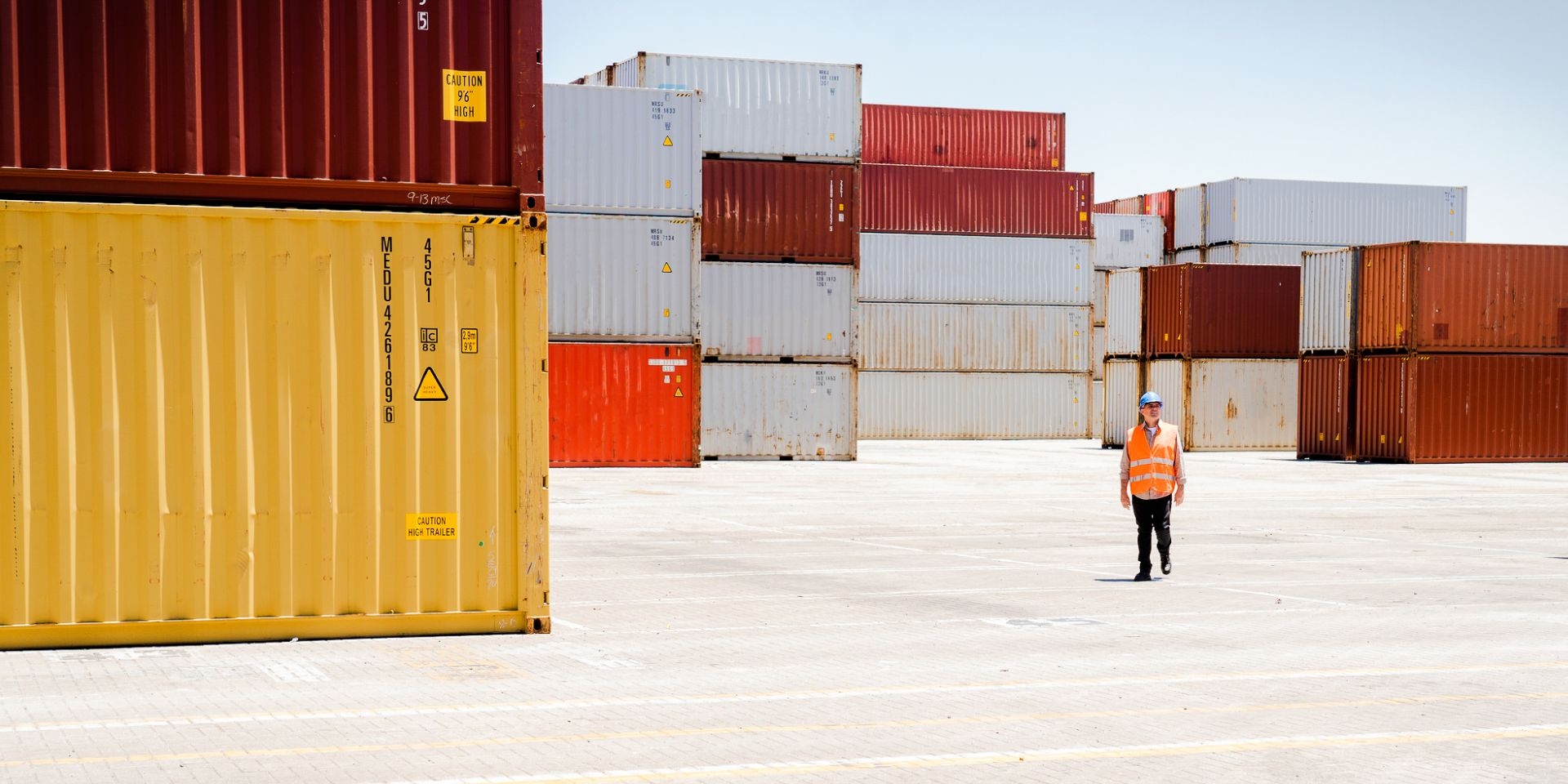Story by
Charlie Edge
Tags /
- Business
- Company
- Loadsure
- Strategy
Before 2020, economic growth seemed practically a given in some parts of the world. After the seismic global events we’ve encountered since, the economy looks very different in 2023. Navigating this evolving climate is difficult for any business, but for start-ups it can be especially challenging. Investors are increasingly cautious in deploying capital, so young companies are doubling down to prove their profitability to potential investors, above all else.
Unfortunately, valuations have dropped massively, which has caused a big rise in down rounds, and we’ve seen many companies folding as they fail to raise the necessary funds. Yet it’s important to recognise that – while the market looks uncertain – investors still have capital to deploy, and will always look favourably on a proposition with its fundamentals nailed down.
In this more competitive market, businesses are reassessing the best way to prove that their proposition is worthy of investment. Should the focus be on strengthening core unit economics – or is profitability the most important metric for start-ups to prioritise?
Profit and growth are never mutually exclusive.
Despite a growing sentiment that the conversation is more nuanced than this, there’s still a lot of discussion on whether profit or growth is a more important signifier of success. Viewing this as an either-or decision perpetuates a frustrating false dichotomy – when in fact, sustainable growth is the path to greater profitability.
An improvement in fundamental growth metrics, like Customer Acquisition Cost and Lifetime Value, can be just as important. While a reduced CAC indicates that customers are getting easier to find and engage, a growing LTV shows the business is working on providing more value to its clients and customers.
Updates like diversification of product offering, improved user experience or new functionality can also help a product become stickier. Implementing changes like this, as well as making sure you have a cohesive senior leadership team capable of execution, can all help the pendulum begin to swing.
Companies which reinvest in their own development in this way accept a dilution in their profits. Yet this is often a necessary step in the sustainable execution of your business’ wider vision. When you prioritise long-term growth over visible profitability in the early years, you’re effectively helping to guarantee higher value for your shareholders in the future.
That said, neither profit nor growth is an irrefutable marker of success. Whether any given business in the venture-backed world of start-ups chooses to prioritise one over the other will depend on any number of factors – such as the nature of the industry, where they are in their lifecycle, or if they’re approaching a funding round.
What about Loadsure’s approach?
Acknowledging this false dichotomy doesn’t mean that profitability isn’t a priority for Loadsure. For a business approaching the five-year mark, Loadsure is in a strong, established position, achieved through a combination of deep industry experience, consistent team work and – importantly – a clear market need for our products.
We’re growing at a substantial rate, and we’ve put money and resources into ensuring that upward trajectory. While this growth rate continues, we’ll stay lean to make sure this is a sustainable path for us. Yet, we still recognise that profitability is our ultimate destination – and it’s the pathway to that destination which is key.
Operating within the insurance ecosystem.
As an MGA, that pathway doesn’t just involve our own profits. We exist within the insurance ecosystem, embedded in the just-in-time supply chain of the freight and logistics world, so there are several different parties to consider.
We’re hyper-aware of the profits that Loadsure products deliver for our broker partners, by augmenting processes, streamlining the process of securing new and servicing old business, and reducing their operational overhead. Our products help brokers to do more with less, enabling a touchless revenue stream so they have the time and resources to focus on other, more complex business.
Equally, we’re conscious of the profits that we protect for the freight community, by offering the most accurately-priced and competitive insurance protection, as well as quick claims settlement, so any losses that do occur cause minimal disruption. In the future, we’ll even have the capacity to offer active risk management, enabling our assureds to mitigate financial losses in the first place, and bolstering profit.
Lastly, there’s the profits of our underwriters to factor in, which are made possible with the accurate risk profiles generated by our AI-powered algorithm.
By the very nature of our business model and client relationships, profit is always among our core considerations. So when all our partners in the insurance ecosystem succeed, we can too.
The bottom line is, every company is more than its bottom line.
There is no world in which profit and growth are mutually exclusive. Every business on the path to fundraising will naturally want to demonstrate profitability – particularly in the competitive climate we’re currently grappling with – but a more holistic strategy will be even more impactful in the long run.
For Loadsure, that means cementing our long-term resilience with investment in the evolution of the business as a whole, with measures like targeted recruitment, brand building, product development and even international expansion.
Ultimately, our intention is to continue providing value to our communities, increasing the top line and safeguarding the bottom for every member of the ecosystem, allowing Loadsure to grow sustainably until the unit economics tell their own story.
